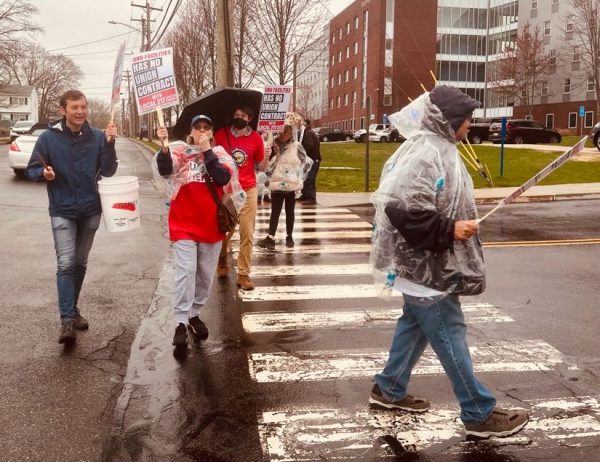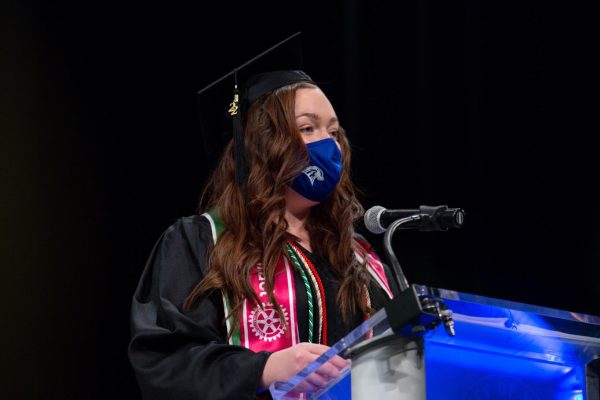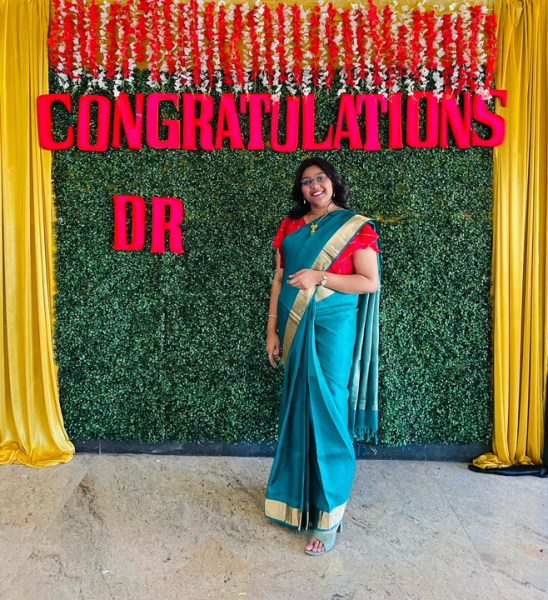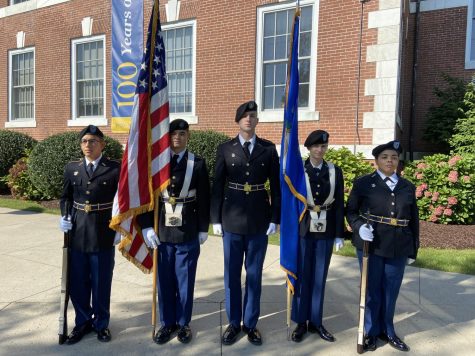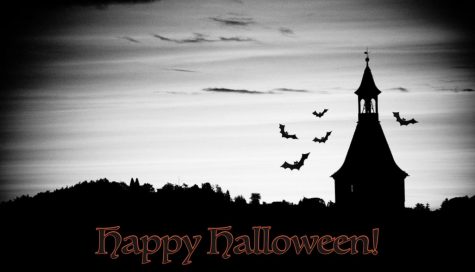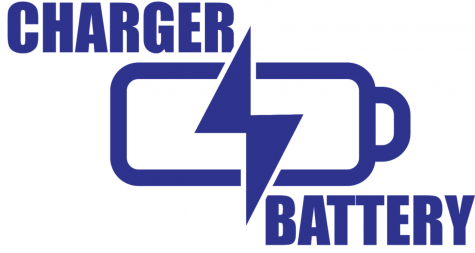Native American Representation in Media
For years, it has seemed as though the entertainment industry has been at a lull in increasing the quantity of non-stereotypical Native American roles in film and television. How many movies can be thought of that show a principled representation of Natives?
In most films, portrayals are usually limited to having a Native actor play either a forlorn savage meant to cause trouble for the lead characters or as a spirit guide, who only exists to hold the lead characters accountable throughout their own journey, leaving the native character to be looked at merely as a supporting role within the narrative of the film.
In 2018, a group of Native researchers held multiple focus groups to research how Native Americans were perceived by the general public.
“The research team had conducted 28 focus groups, surveyed 13,306 people online, analyzed 4.9 million social media posts, and interviewed judges, members of Congress and other industry leaders.” Crystal Echo Hawk, a co-leader of the Reclaiming Native Truth project. “People were less likely to support certain rights and social justice issues for Native people when they had zero perception and understanding of who we are. Invisibility and erasure is the modern form of racism against Native people.”
In a 2015 op-ed, Brian Young, a Navajo filmmaker from Albuquerque, N.M. shared his thoughts on the history of Native actors in film and specifically spoke about Adam Sandler’s controversial 2015 Western comedy film, “The Ridiculous Six.”
“The most troubling aspect of “The Ridiculous Six,” Young said, “is how the script depicts Native American women as promiscuous, by using names such as ‘Sits-On-Face.’ This may be presented in a spirit of levity for an audience that appreciates fart jokes as much as Sandler, but it undermines the dire circumstances of Native American women, who experience high levels of sexual assault and violence.”
Sophomore criminal justice major Angelina Caroli, a member of the Mohegan Tribe of Connecticut, has been upfront about the vital need for positive representation of Natives. In one of their classes, Caroli wrote a review entitled, “Completing The Circle: How One Youth Found Their True Self.” The review is centered around a TEDxURI Talk that took place at the University of Rhode Island. The speaker, Sherenté Mishitashin Harris, is a 20-year old Two-Spirit who belongs to the Narragansett Tribe of Rhode Island. In the review, Caroli says the importance of the TED Talk as well as giving a clear definition of the origins of identifying as “Two-Spirit.” Caroli also said that the two had crossed paths during an intertribal youth social back in 2018.
“Due to the allyship between our tribes, both the Narragansett and Mohegans unite often at powwows and other socials,” said Caroli, “I was blessed to be acquainted with Harris in 2018 at an intertribal youth social that both of our tribes participated in.”
Caroli also spoke about the recent strides taken within the sports industry to make amends for two professional sports teams who had names that misrepresented Natives by using stereotypical logos and language. “Recently, we’ve seen on the news how the Washington Redskins did change their name, which is huge for us, and the Cleveland Indians did as well. That’s the most representation that indigenous people have been getting in media.”
An article published, by Comingsoon.net, highlights the most recognizable examples of Native representation in the past forty-five years, starting with Will Sampson as Chief Bromden in “One Flew Over the Cuckoo’s Nest” to Adam Beach’s portrayal of Slipknot in the 2016 film, “Suicide Squad.” Though there are only a few listed in the article, they serve as a snapshot of the opportunities Native actors have earned in mainstream media.
There has been a steady rise in progress for creatives of Native ancestry. The Sundance Institute has held fellowships and labs to help support Native filmmakers as well as given indigenous people more latitude to create more work that depict genuine stories of Natives.
Another opportunity can be found at a Native American feature film festival called the LA Skins Fest, which has been trying to address the issues of the industry for a long time. Now, in its third year, the Festival unveiled its 2020 cohort of a screenwriters’ lab sponsored by companies such as Comcast and Sony Pictures. The site reads, “the Native American Feature Film Writers Lab is an annual program for talented and aspiring screenwriters. Over the course of 10 weeks, chosen fellows develop a new screenplay, meet with partner industry organizations and receive feedback on their scripts from industry professionals.”
For many Native media professionals, it could seem like the road to making sure more stories are heard and told to current and future generations will be long and strenuous but programs like the “Native American Feature Film Writers Lab” and monumental pushes for Native American history to be apart of K-12 curriculums are being put into motion to help more people understand the need for more positive Native characters in media and continued education of Native American history.
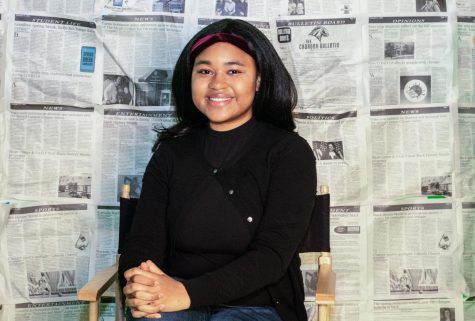
Tiara Starks is a senior communication major with a concentration in film production. She started at the Charger Bulletin as a contributing writer in 2018,...




